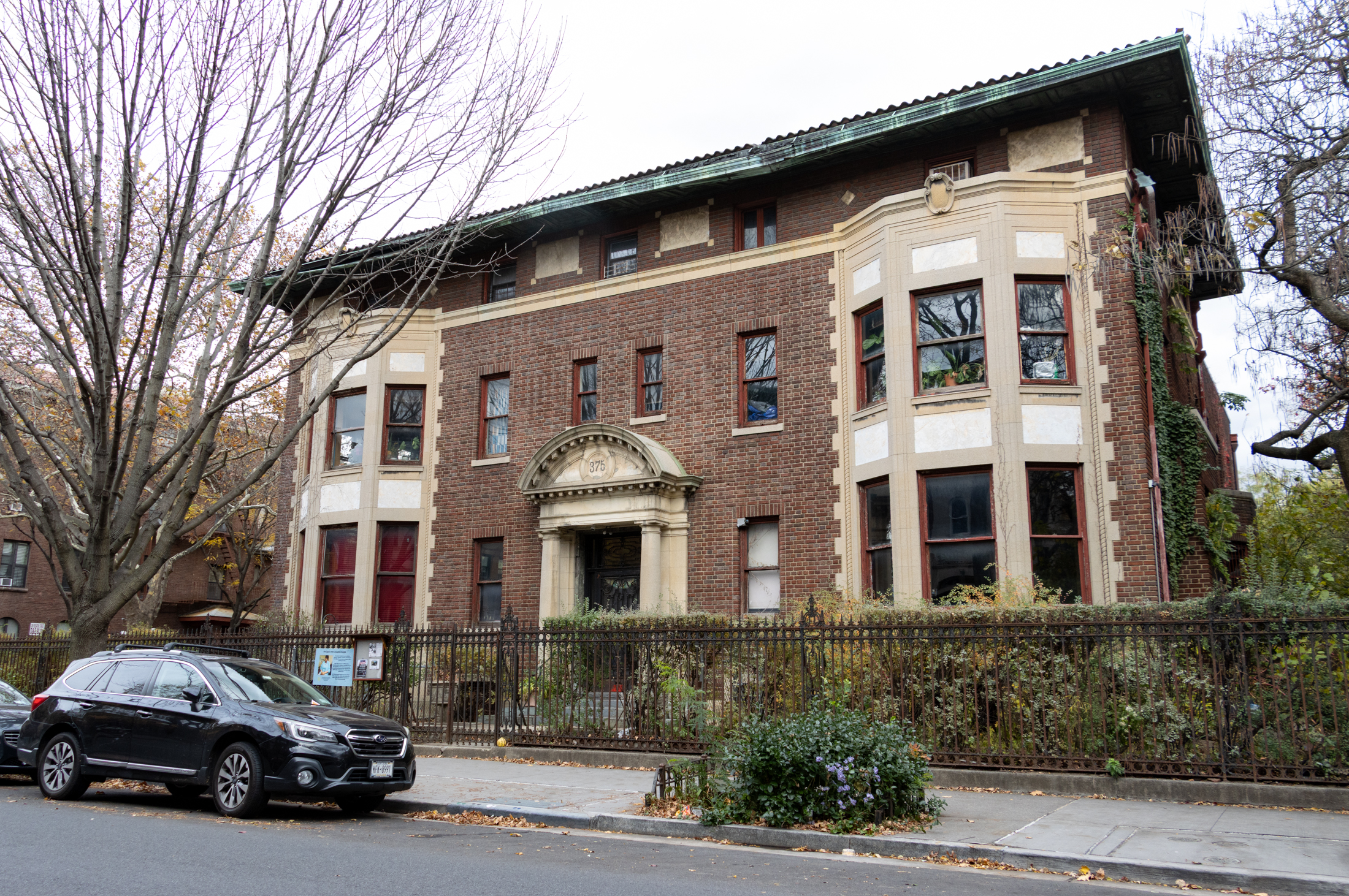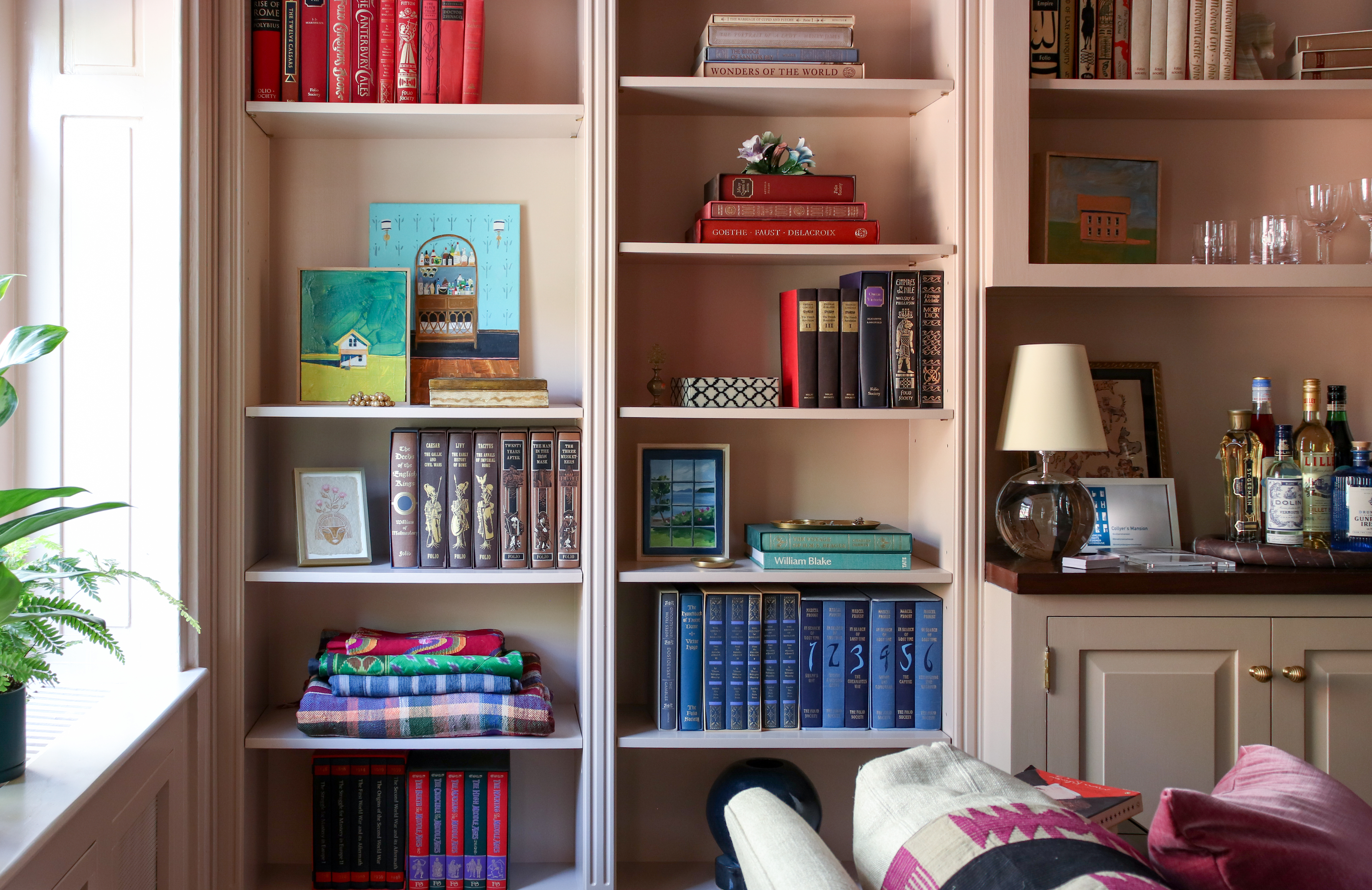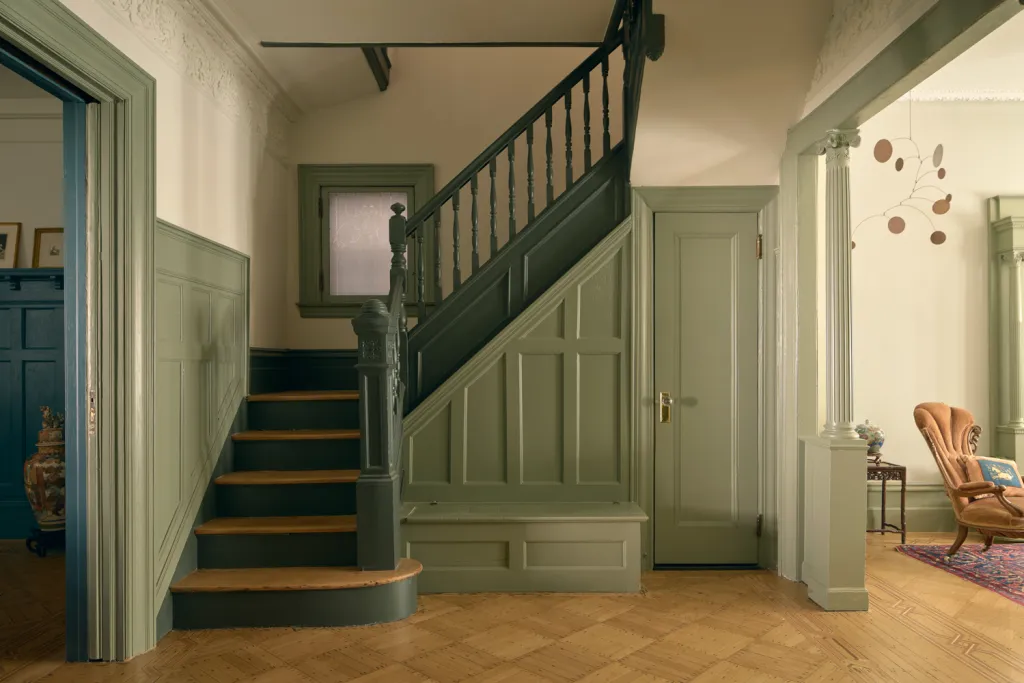Arch Prof: Brownstones, Good. New Construction, Bad
Over on Stay Free! magazine’s blog, there’s a great interview with Robert Zagaroli by editor (and limestone owner) Carrie McLaren, associate professor of architectural technology at New York City College of Technology and life-long Brooklynite. The Topic: Were older buildings in general (and brownstones in particular) really built better than today’s new construction? Here’s what…

 Over on Stay Free! magazine’s blog, there’s a great interview with Robert Zagaroli by editor (and limestone owner) Carrie McLaren, associate professor of architectural technology at New York City College of Technology and life-long Brooklynite. The Topic: Were older buildings in general (and brownstones in particular) really built better than today’s new construction? Here’s what Mr. Z had to say:
Over on Stay Free! magazine’s blog, there’s a great interview with Robert Zagaroli by editor (and limestone owner) Carrie McLaren, associate professor of architectural technology at New York City College of Technology and life-long Brooklynite. The Topic: Were older buildings in general (and brownstones in particular) really built better than today’s new construction? Here’s what Mr. Z had to say:
It’s a cliché, but brownstones truly were built to last. New construction tends to be cheaper in two senses: it costs less and is lower quality. Today, it’s perfectly legal to build with half-inch gypsum board, but most people can put their fist through it. If the house gets wet or moldy, the walls can’t handle the wear and tear. The standard in brownstones was plaster. You still have plaster walls in 200-year-old houses because plaster is very durable. The materials used in 18th and 19th century construction lasted longer: plaster, brick, and wood from old-growth forests. Today, the labor doesn’t exist to install those products. The technology has changed. All wood now is farmed. There is no old-growth forest to tear down, so the wood industry has harvested trees for the last 30 years. It plants fast-growing trees, but the wood shrinks and therefore it’s not as reliable, not as durable, not as sturdy, accurate, or dimensionally accurate. Newer wood has a shorter shelf life.
More on planned obsolescence, the NYC building code and why stainless steel kitchen are so ‘nineties on the link.
Are Old Houses Really Built to Last? [Stay Free! via Curbed]





And this guy nurtures the youth of America? Doesn’t he promote the Brownstoner forum at a brooklyn college? Oh yes, I agree with his point about acoustical issues. Oops, my bad, he didn’t bring up the fact that the hard plaster surfaces don’t absorb the noise. I’ve been around the block too many times to tell you that the mintu an interior brownstone is removed, it affects the integrity of the others. They were meant to be row houses because they need each other to lean on
JoshK – you can cut, patch, sand, and paint with both plaster and drywall (and I’ve been doing way too mouch of both lately) – what’s the point?
The article is anecdotal at best and in no way is a serious examination of old versus new construction.
I do agree stainless steel is a PITA to keep clean.
Are they also considering that redoing some drywall every 10-20 years is pretty cheap to do compared to the cost of putting up the plaster? Also, with all of the electronics that people are running in their homes, you need to be able to cut , patch, sand, and paint.
IMHO plaster looks better, but I think if you NPV it back, drywall is a lot more cost-effective both short and long run.
Yea my floor joists in my brownstone are not 16 on center and I swear they are not laid out square… I know this because my plaster ceiling was ripped out when I bought it…As for the Plaster I am sorry if you have ever demo’d old plaster you know that one little touch and the whole wall comes off sometimes. If sheetrock does this in 100 years I would be surprised, And yes I can also hear my neighbor pee into the toilet late at night so The construction in my brownstone is cheap just like all the crap being built on 4th Ave. I don’t see how it new construction is any worse, maybe better in some respects like windows and doors that don’t lose heat, Heating systems that use less resources and burn cleaner, Paint that does not contain lead, plaster that does not contain horse hair, etc the list could go on…
I love old houses but I agree that it is not always true that they are built well. Materials used to be the biggest expense in building a house, as opposed to labor. So builders of speculative houses were very frugal with their framing members, their bricks, even their nails. And of course poor-quality brown sandstone has always been the curse of NYC row houses.
Some of the older buildings, pre-1860, can be quite fragile and great care needs to be taken when they are being renovated or when a new building is being built next door. These buildings are very low-tech, they mostly rely on their own weight for stability. Thank goodness we do not have strong earthquakes in the city. The devastation that would result from a strong quake in the brownstone neighborhoods would be inconceivable.
this isn’t always true. i own a townhouse in cobble hill and when we renovated it we realized all of the floor joists are 18″ to 24″ apart. it changes from floor to floor and the spaces get larger on the higher floor. but they certainly aren’t 16″ the way it wold be today. my neighbor’s identical house is the same. also my party walls are only a few briks thick and you can hear the neighbors. that being said the building has stood since the 1850’s and hadn’t had any structural renovations until i redid it. the floors sagged slightly, but it was only because the staircase was pulling them down. but overall, quality construction then, is better than now and cheap construction then (like my house) is probably equilivant to good construction today.